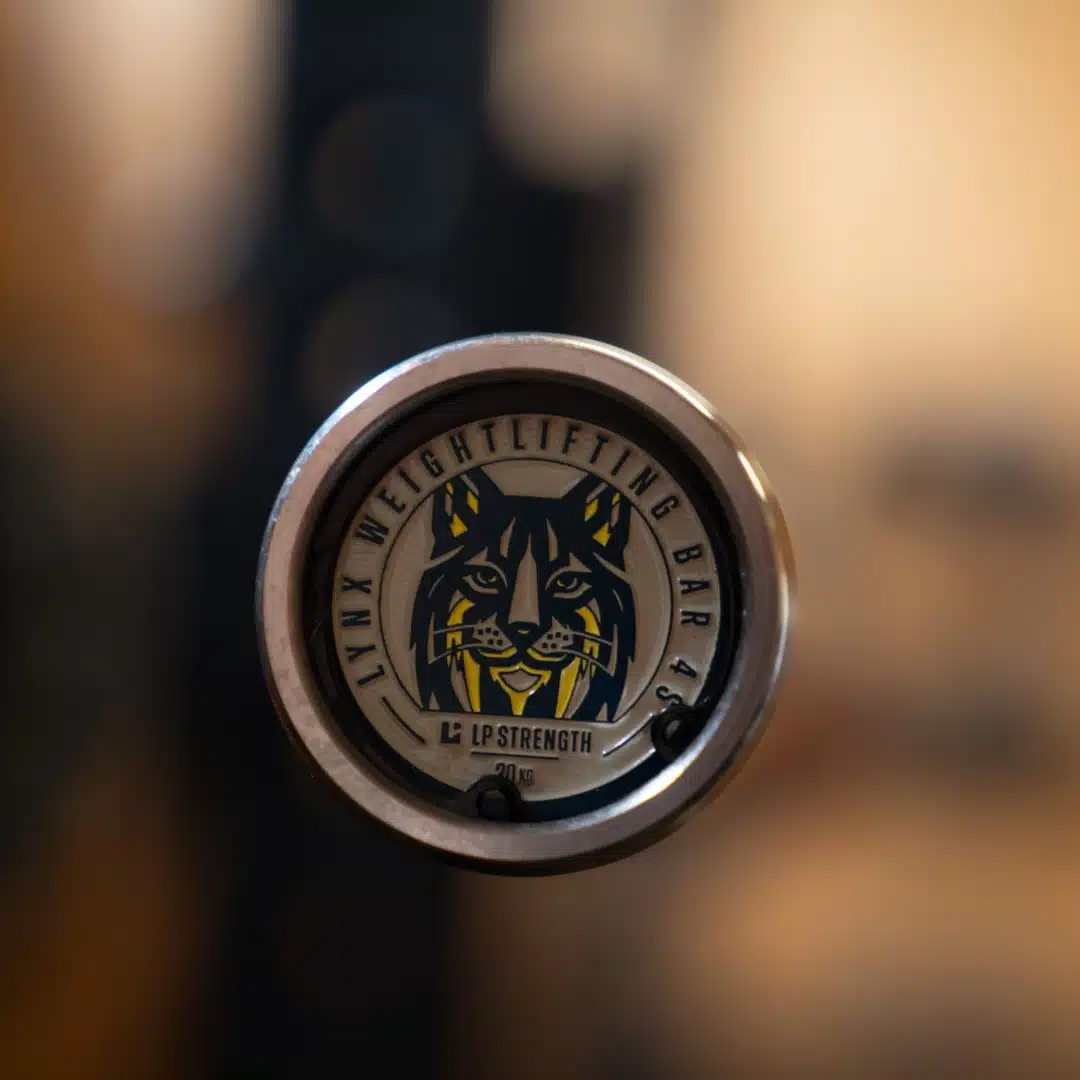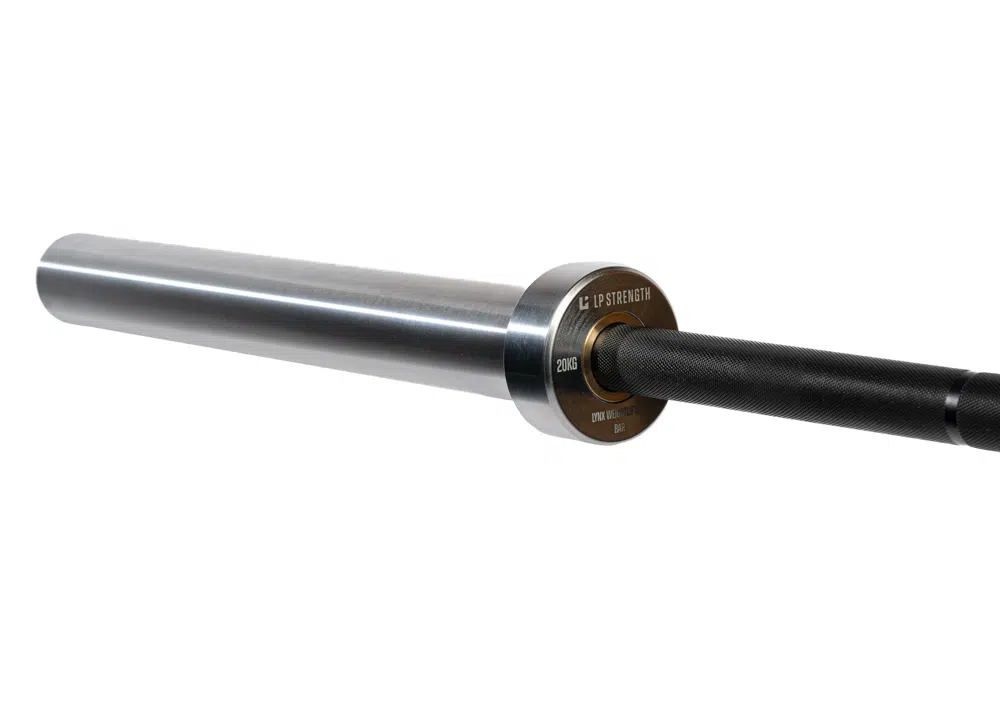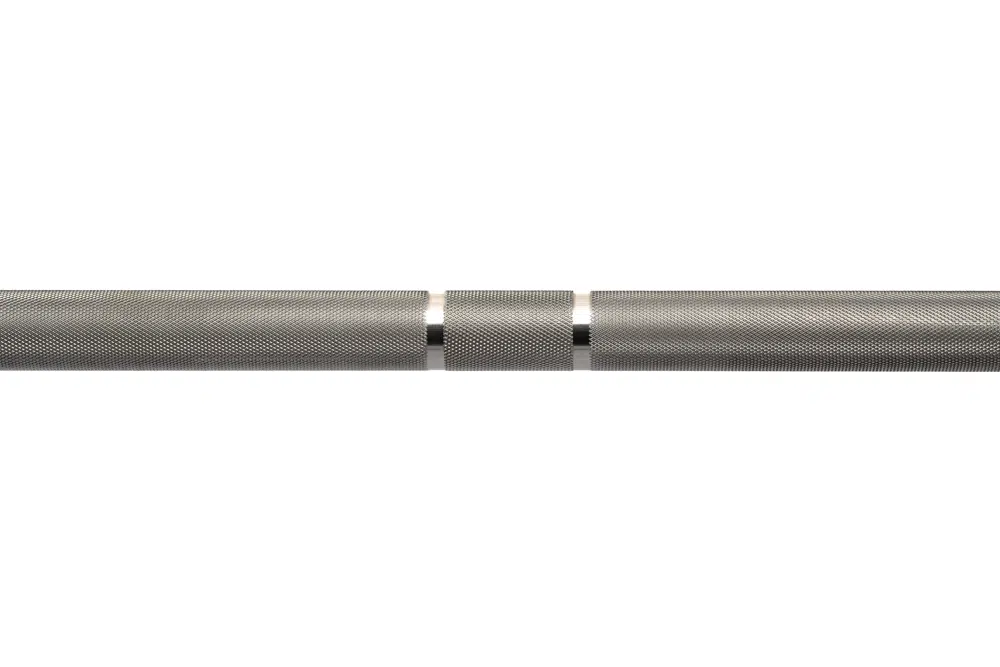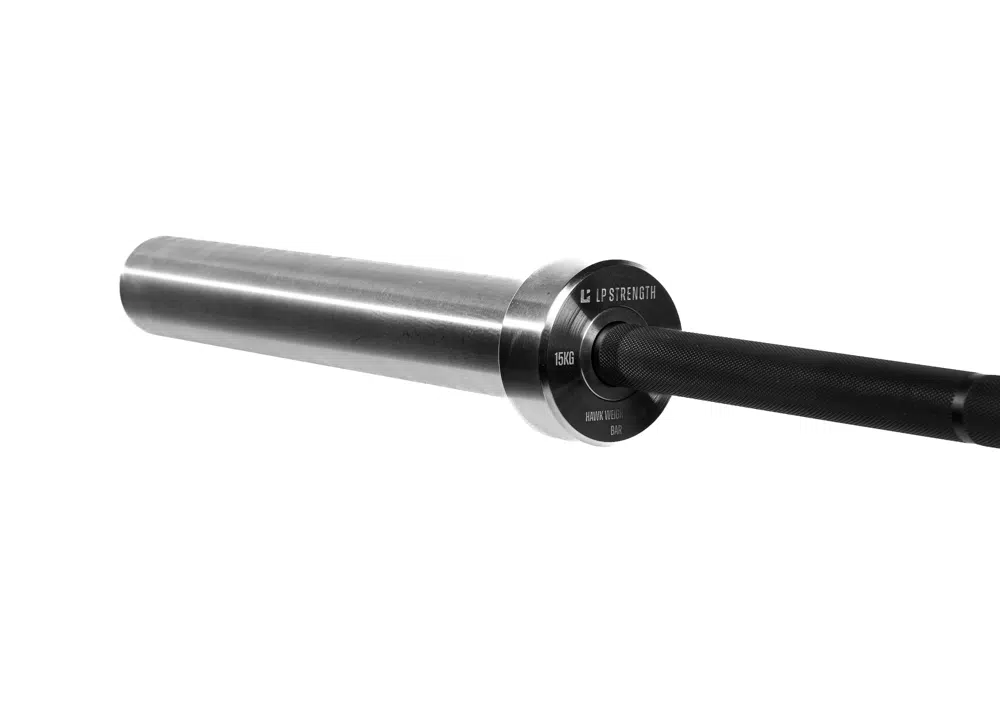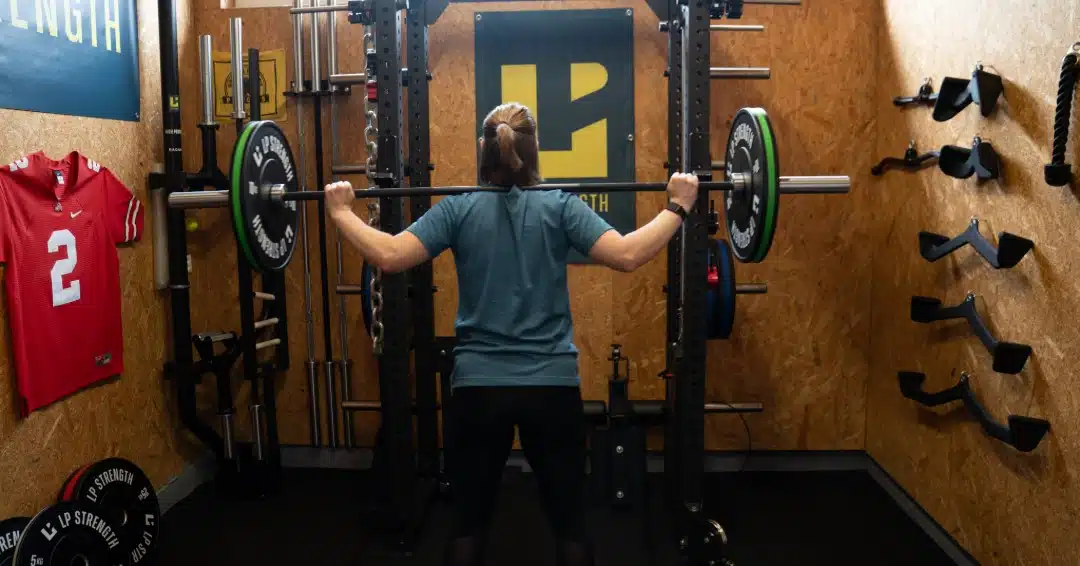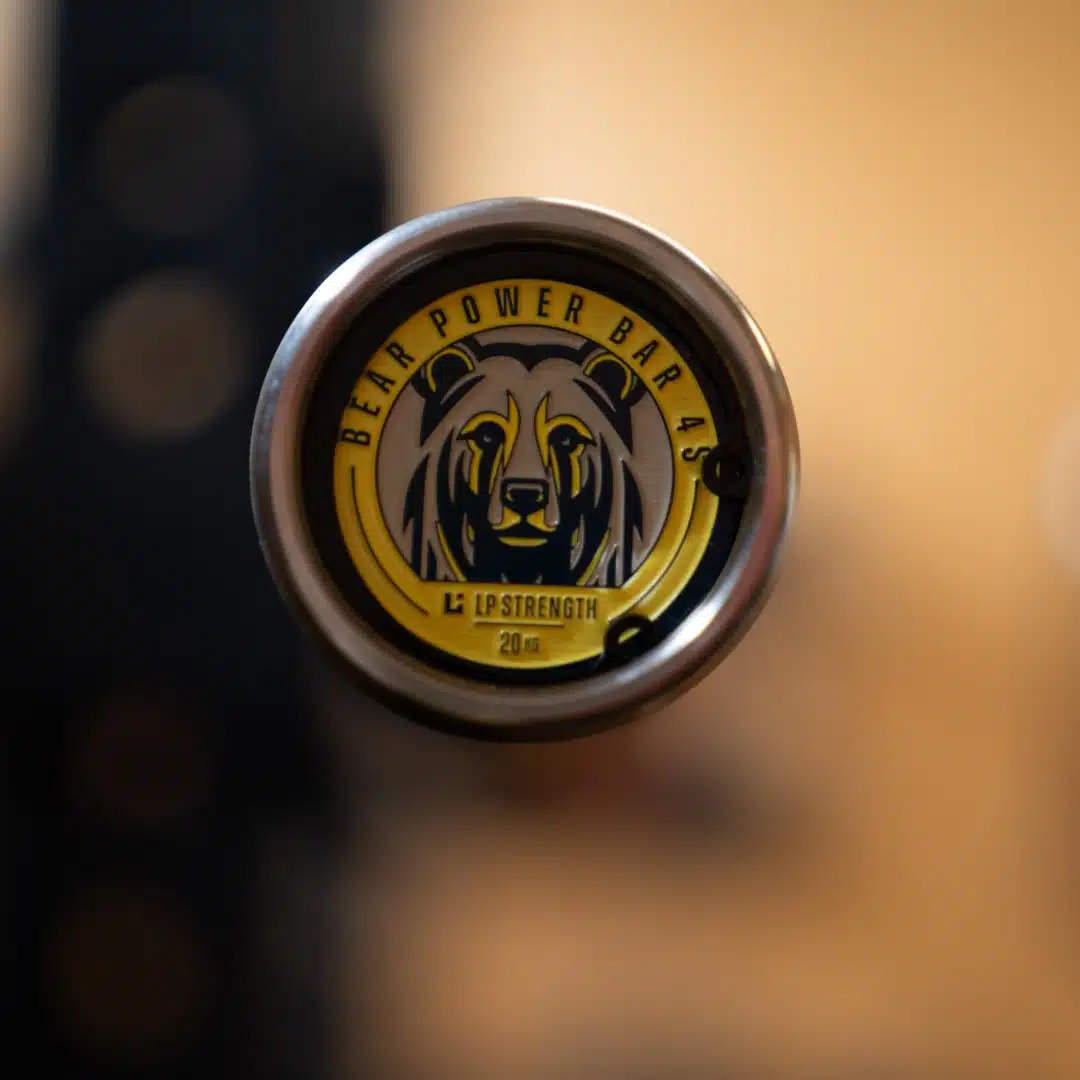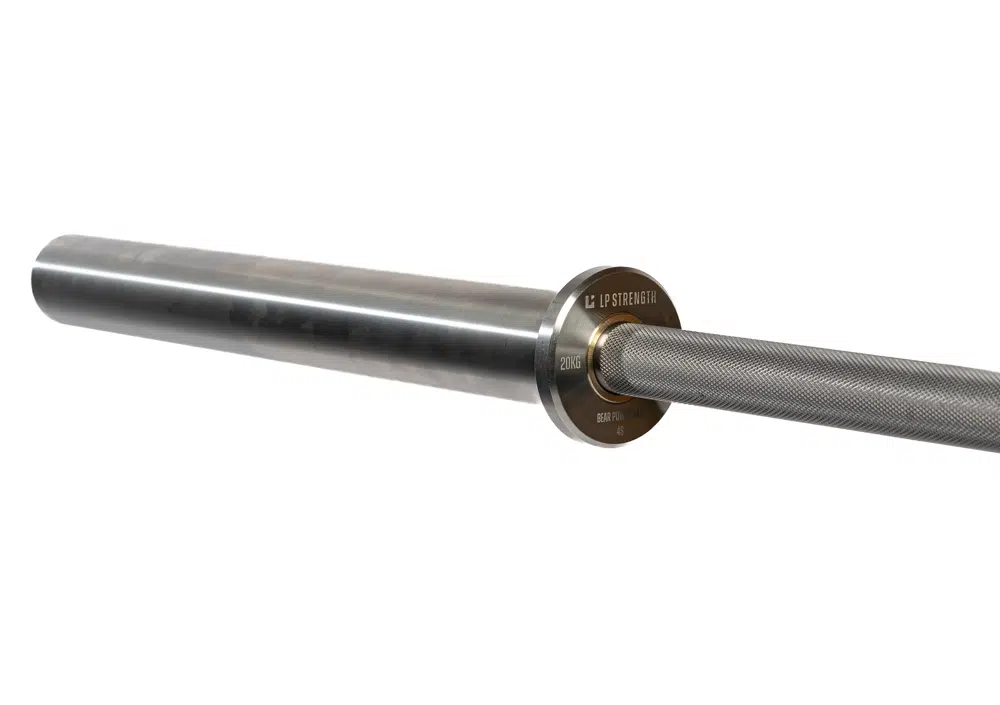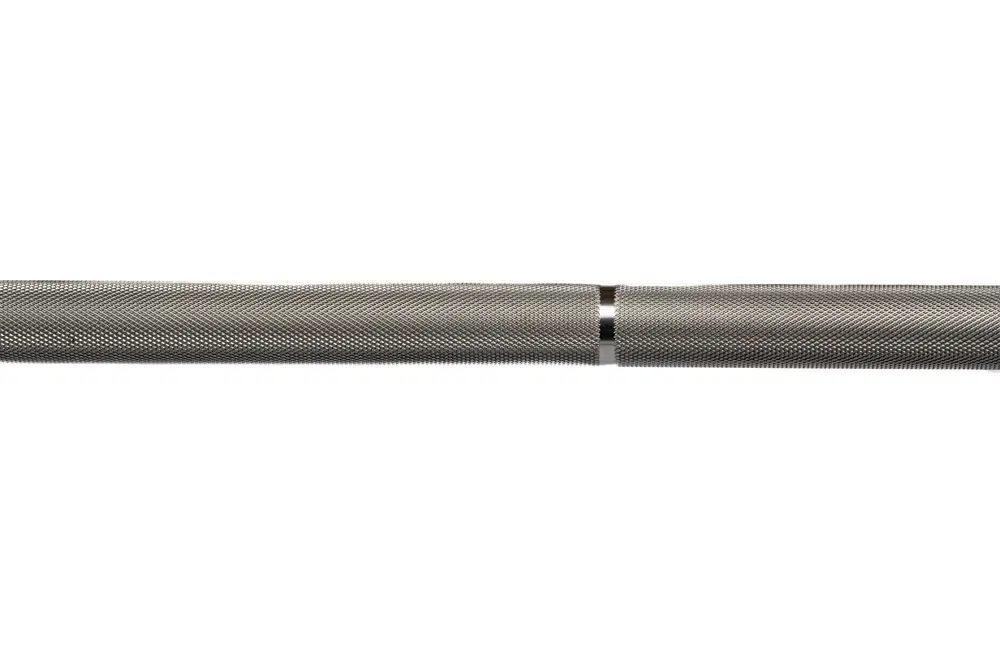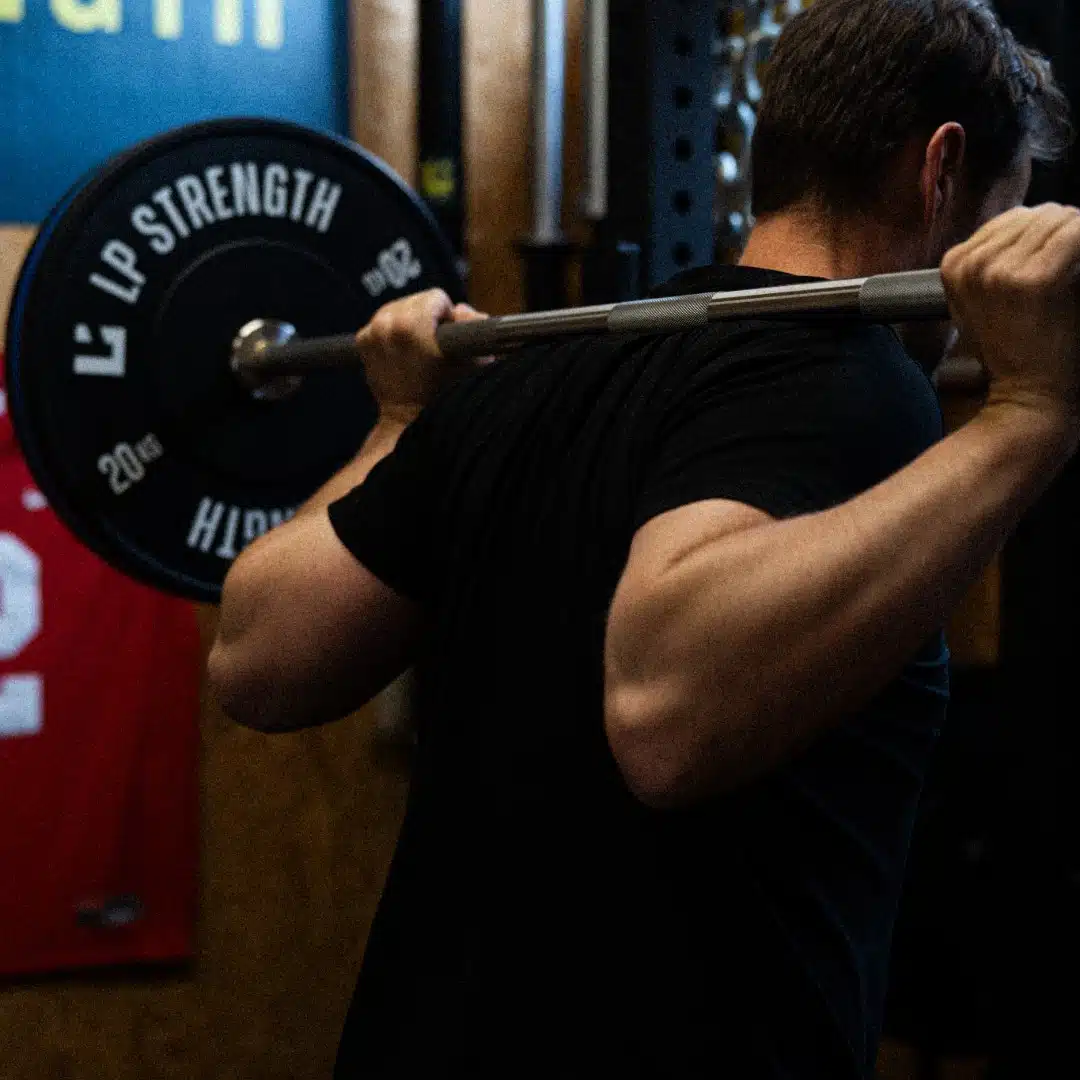Barbell Knurling Explained: How to Choose the Perfect Barbell Grip
Have you ever wondered about the crisscross pattern on your barbell’s shaft?
Known as barbell knurling, this feature enhances grip by increasing friction between your hands and the bar. While it might seem minor, knurling plays a crucial role in lifting performance and safety.
Barbell knurl patterns:
There are three common types of knurl patterns:
Hill Knurling:
This pattern features rounded tops on the “diamonds” of the knurl. Over time, bars made from softer steel tend to develop this pattern, which feels less aggressive and can make it harder to maintain a grip. While it’s the least effective for most lifts, it can be useful when focusing solely on improving grip strength.
Mountain Knurling:
Characterized by sharp points, this pattern provides a strong grip by digging into the skin, making it ideal for heavy lifts like deadlifts. However, its aggressive nature can be excessive for many lifters and exercises
Volcano Knurling:
Considered the most optimal, this pattern features a rim around each diamond, increasing contact points and grip surface area. It’s especially beneficial for powerlifting where grip security is paramount.

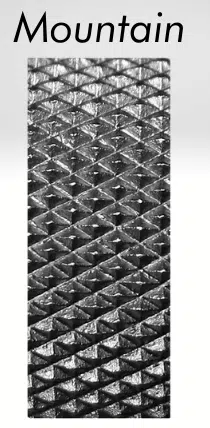

Barbell knurl marks
Barbells often feature knurling “marks”—smooth, knurl-free bands marking optimal hand positioning.
Powerlifting knurl marks
They are closer to the bar’s center, positioned about 32 inches (810 mm) apart, following the International Powerlifting Federation (IPF) standard like our Bear Power Bar.

Olympic knurl marks
They are spaced further out at around 36 inches (910 mm) apart, aligning with the International Weightlifting Federation (IWF) standard near the sleeves. Hybrid or multi-purpose bars often include both sets of markings, enabling accurate and safe hand positioning across different types of lifts. Our Lynx weightlifting bar and Hawk weightlifting bar both have dual knurl marks.

Which knurling is right for you ?
Choosing the right barbell knurling depends on your specific training style and goals:
Weightlifting (Olympic) Bars:
Typically feature moderately aggressive knurling for solid grip without discomfort during explosive movements. Many have smooth center knurling to avoid scraping the neck and shoulders during cleans.
Powerlifting Bars:
Designed with the most aggressive knurling for enhanced grip during heavy lifts, especially deadlifts and squats. These bars often have deep, sharp knurling for maximum hold and center knurling to prevent sliding during back squats.
Hybrid or Multi-Purpose Bars
Made to suit varied routines like CrossFit or general training, these bars usually have softer, balanced knurling that’s easier on the hands during high-rep sets. Most hybrid bars skip the center knurling to prevent chafing, as they come in contact with different body parts across movements. Dual markings for both powerlifting and weightlifting grips add versatility, making them a flexible choice for diverse training environments.
Each knurling type plays a critical role in ensuring grip security, comfort, and safety, so finding the right one for your workout style can enhance training performance and protect your hands in the long run.
